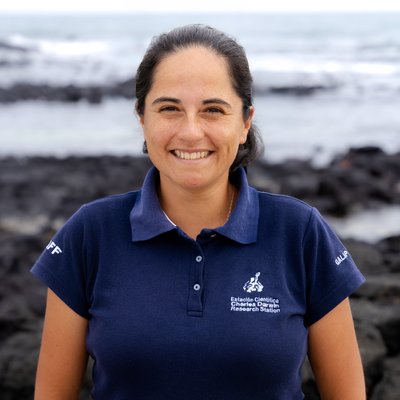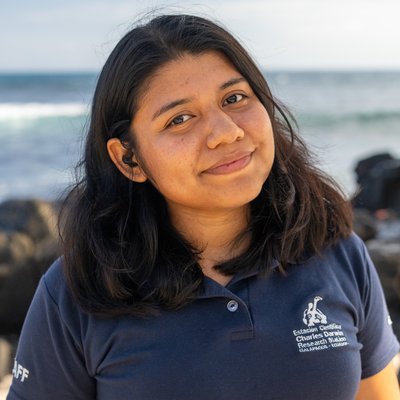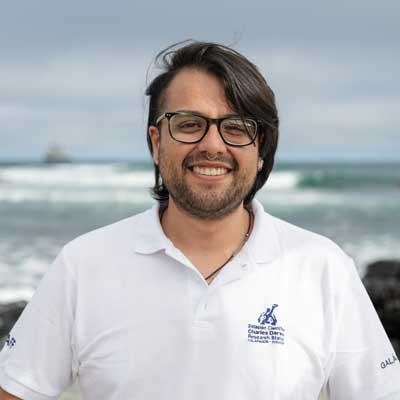Important feeding and nesting sites for the endangered East Pacific green turtle in Galapagos are increasingly threatened by tourism, marine traffic and climate change. Our research is helping to identify the key areas where sea turtles are most vulnerable, and to develop solutions to protect them in the long term.
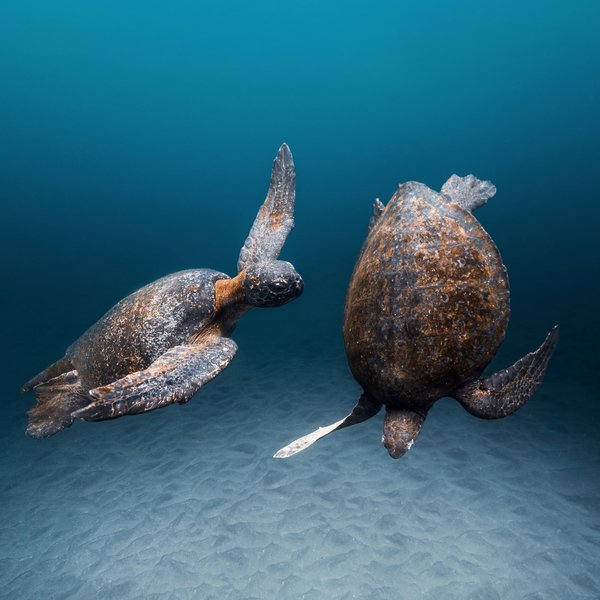
Our team
Macarena Parra
Principal Investigator - Sea Turtle Conservation
Arianna Parrales
Field Assistant
Mauricio Mogro
Field Assistant
Donors
International Galápagos Tour Operators Association (IGTOA)
Ecoventura
Hurtigruten Foundation
Mariana Marques Mariana & Terry Rockstad
Friends of the Galapagos Islands Switzerland
COmON Foundation
Oceans Finance Company
Collaborating institutions
Galapagos National Park Directorate
Queen's University Belfast
Sea turtles in Galapagos
Galapagos is one of the most important nesting areas for the endangered East Pacific green turtle (Chelonia mydas). Nesting of green turtles occurs on more than 100 beaches across different islands in the archipelago.
Quinta Playa in southern Isabela Island, is one of the busiest nesting beaches in the region, with between 2,000 and 3,000 turtle nests per year. While Quinta Playa is not a tourist site in itself, its waters just a few miles out are heavily used by vessel traffic - mostly from tourism and artisanal fishing. Nesting also occurs on many other frequently visited beaches in the Galapagos Marine Reserve (GMR), raising concerns about the overlap between nesting sites and human activities.
After completing the nesting season, green turtles migrate outside the GMR to feeding sites located from Nicaragua all the way to Chile. However, Galapagos coastal ecosystems also provide important feeding grounds for a resident stock of green turtles that remain here throughout the year, with spatial overlap between turtles and human activities in several locations.
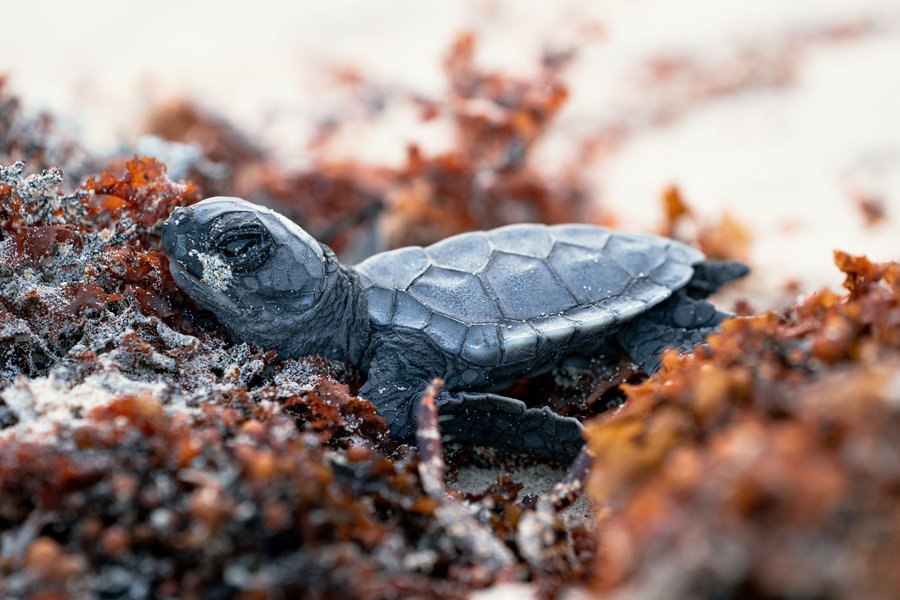
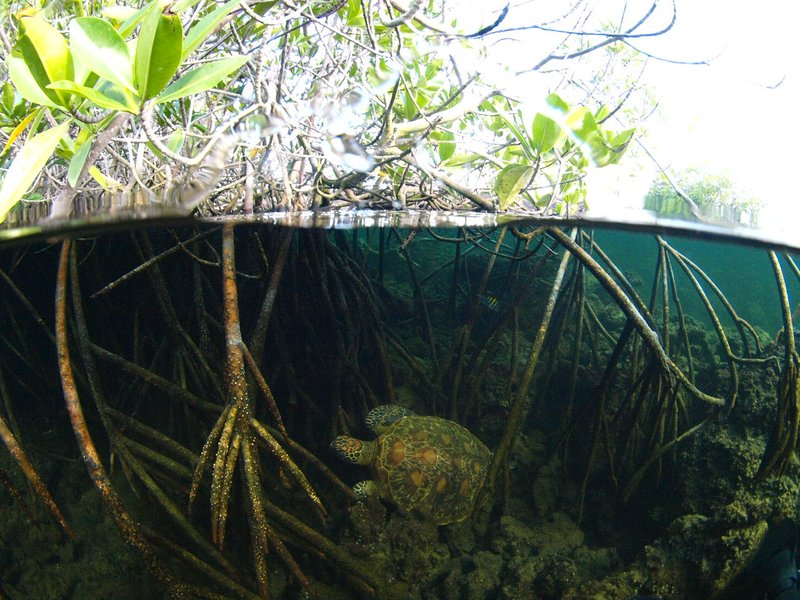
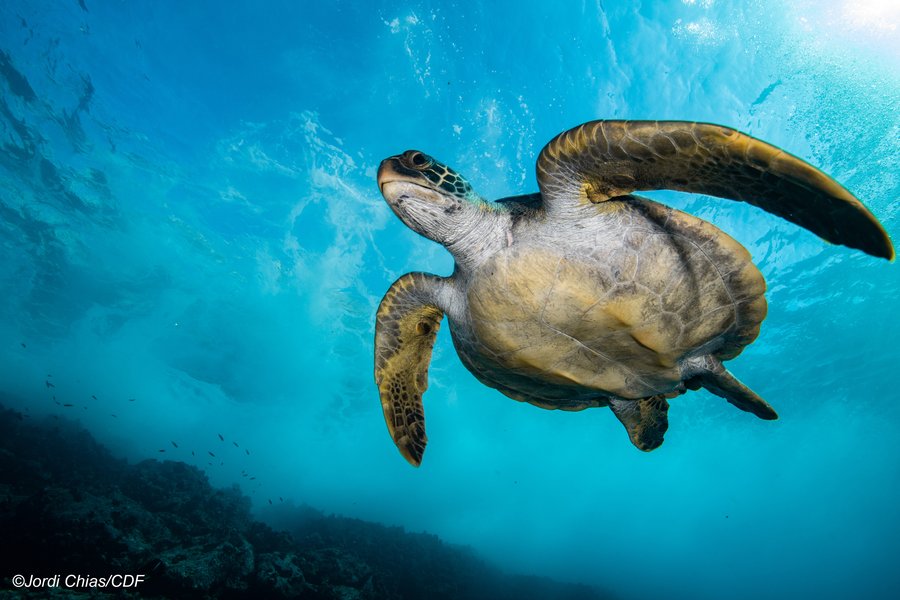
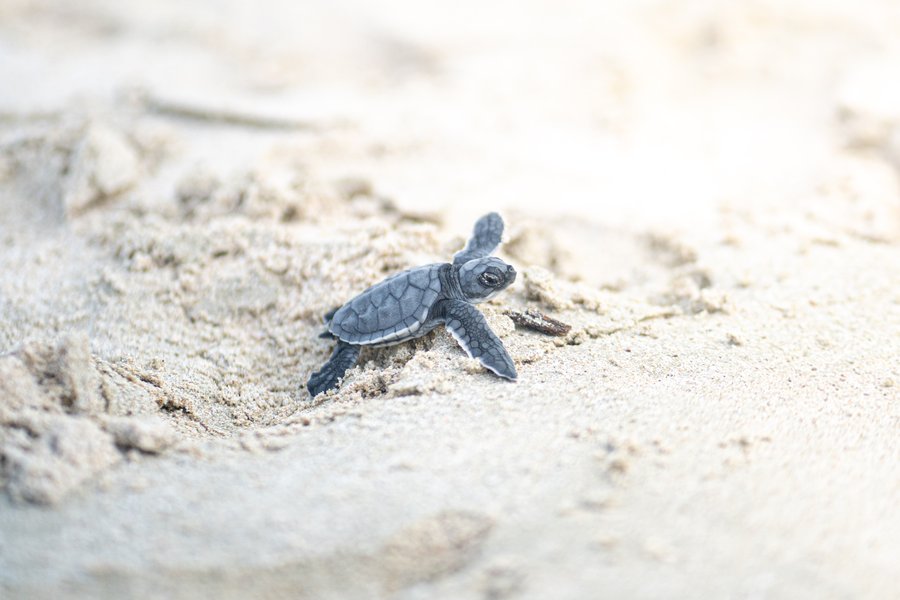
The challenge
Sea turtles in Galapagos face two major threats: uncontrolled tourism growth and climate change.
The number of visitors to the Galapagos has increased dramatically in recent years, driving a corresponding increase in marine traffic that directly threatens biodiversity. For example, boat strikes have been reported within the GMR, with over 19% of sea turtle boat strike injuries at certain feeding areas near ports and 12% at nesting beaches.
Furthermore, the Galapagos ecosystem faces escalating threats from climate change, particularly those susceptible to environmental shifts, adding to the urgency of sustainable tourism practices and environmental protection to ensure the archipelago's long-term viability and resilience. Sea turtles are sensitive to environmental changes, which can affect important aspects of their life cycle such as determining the sex ratios in hatchlings, nesting success and food availability. Therefore, mitigating non-climatic stressors is essential for protecting this species.
What we do
The Charles Darwin Foundation provides environmental authorities with scientific evidence of the impact of human activities on sea turtles, with a view to improve management practices and marine wildlife protection.
Our scientists study sea turtle habitat use and behavior at sites where their habitat overlaps with human activities. These studies help authorities design management strategies to reduce the negative impacts of human activities on sea turtles, such as vessel collisions and behavioral disturbances. Additionally, the team develops outreach activities to raise awareness in the local community about sea turtle conservation.
Program Objectives
- Measure the overlap between sea turtle habitat and human activities.
- Estimate turtle density in aggregation sites and identify factors that affect their abundance, such as boats, swimming, snorkeling, and kayaking.
- Assess changes in turtle behavior in sites where recreational activities take place.
- Evaluate the effectiveness of changes to boat practices – such as speed limits, navigation routes, and implementation of exclusion zones in important sea turtle habitats.
- Evaluate the potential effects of climate change on green turtle nesting success and habitat changes at the main nesting sites of the archipelago.
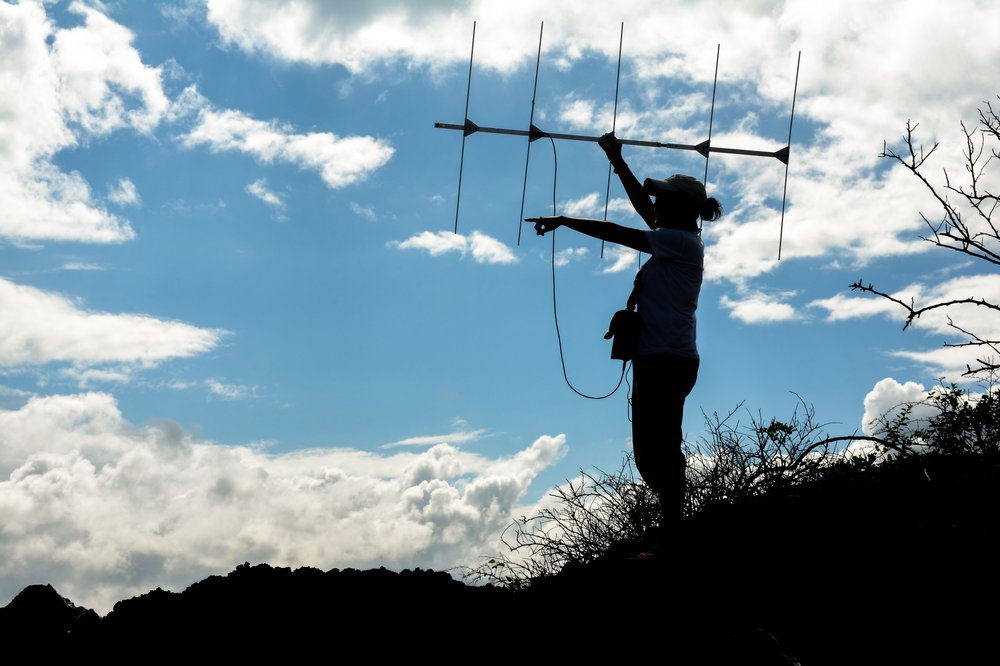
Our Impact
Mapping priority conservation areas
A critical first step was to map out key areas of overlap between key sea turtle habitats and marine traffic. This has enabled us and the Galapagos National Park Directorate to prioritize zones where new navigation and tourism regulations should be applied.
Piloting methodology to predict boat collision
To date, our researchers have successfully monitored nesting females to understand their movements and diving behavior during the nesting season. Combining this data with vessel movement, our researchers have developed a collision risk model to predict the potential number of vessel collisions on sea turtles. The model was tested in one case study site that both tourists and sea turtles love: Bachas beach on Santa Cruz Island.
Understanding turtle behaviors to tailor conservation action
For almost three years, our team has monitored one major tourist site where turtles aggregate to rest and feed: Tortuga Bay, on Santa Cruz Island. The preliminary results show that turtles spread out in the bay more and stayed closer to the shore in the absence of human activity such as kayaking, swimming, snorkeling and vessel transit. In the presence of human activities, turtles stay grouped together and farther away from the shore.
Why it matters
It is clear that changes to navigation and tourism regulations could help protect sea turtles in the GMR. For example, speed limits could be implemented in areas where sea turtles are known to congregate, and alternative navigation routes could be used to avoid these areas. Additionally, tourism activities could be restricted in certain areas, such as nesting beaches, during key times of year.
Our research is important because it allows authorities to make informed decisions about safer navigation practices, which are critical to minimize the negative impacts of marine traffic on sea turtles and other marine wildlife.
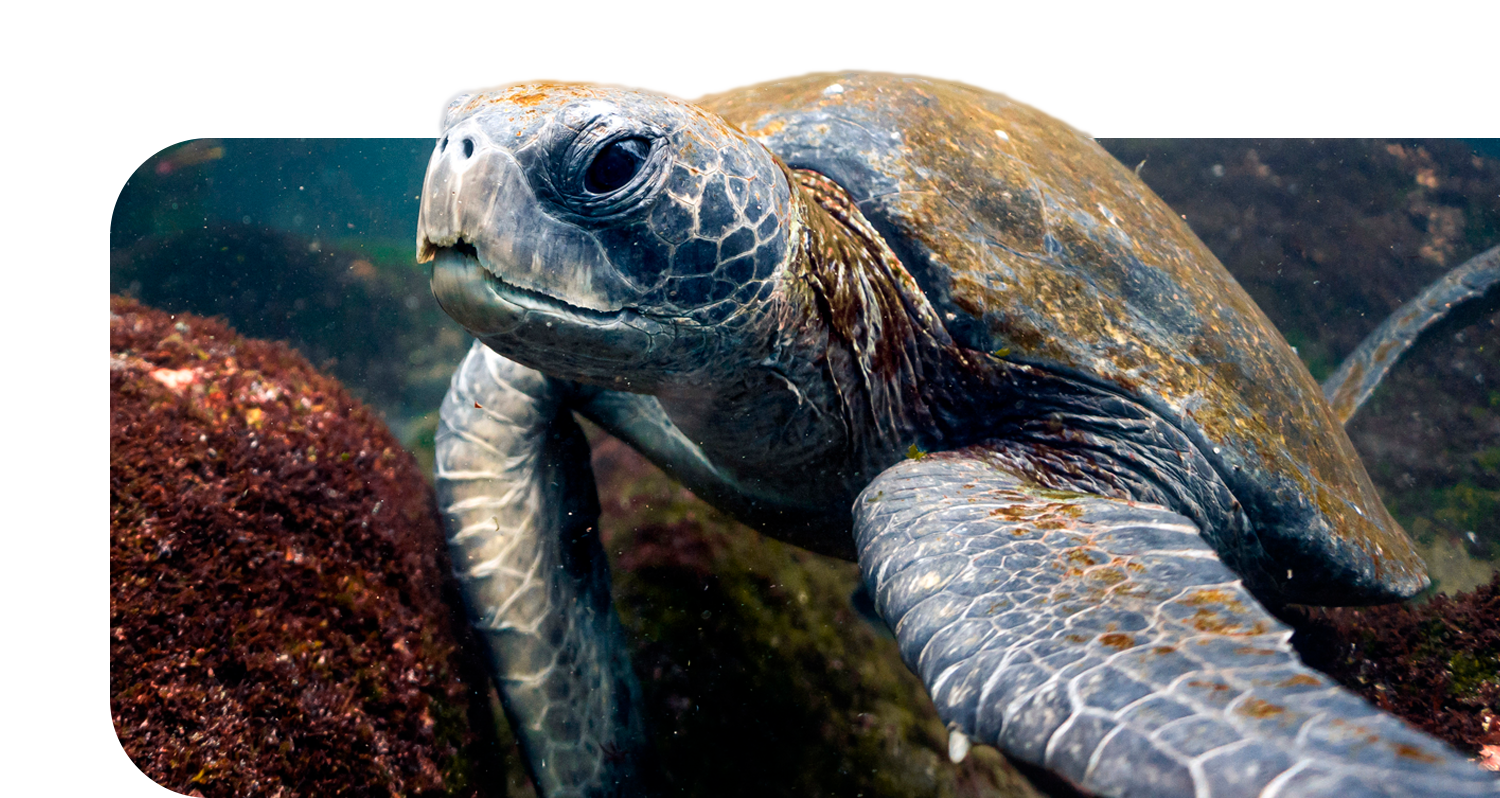
Why you should support us
Sea turtles are endangered, and their habitats are increasingly threatened by human activity and climate change. Our research is helping to identify the key areas where sea turtles are most vulnerable, and to develop solutions to protect them.
Here are some specific ways that your donation can help:
- Scale our research to more feeding and nesting sites to improve our modeling and recommendations to the Galapagos National Park.
- Fund our tracking of sea turtles to better understand their behavior and movements.
- Understand the behavior and distribution of sea turtles at sites where recreational activities take place to improve visitation practices and avoid behavioral disturbances due to human presence.
- Help us engage with the community to raise awareness of the impact of vessel collisions on marine wildlife at key times of the year.

Protect Galapagos, Impact the World
The impact you make on this small ecosystem of enormous biodiversity is part of a larger footprint you are leaving for the world's future. Join us on our mission to safeguard one of our planet’s most important natural treasures through science and conservation action by making a donation today. Thank you for making an impact with us.





